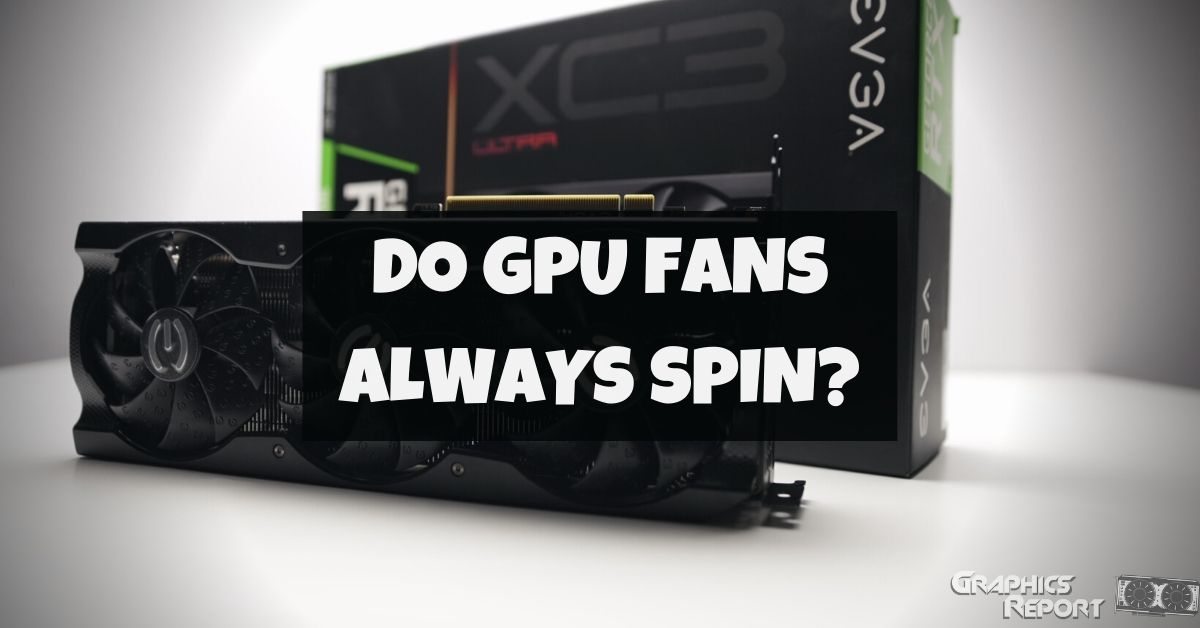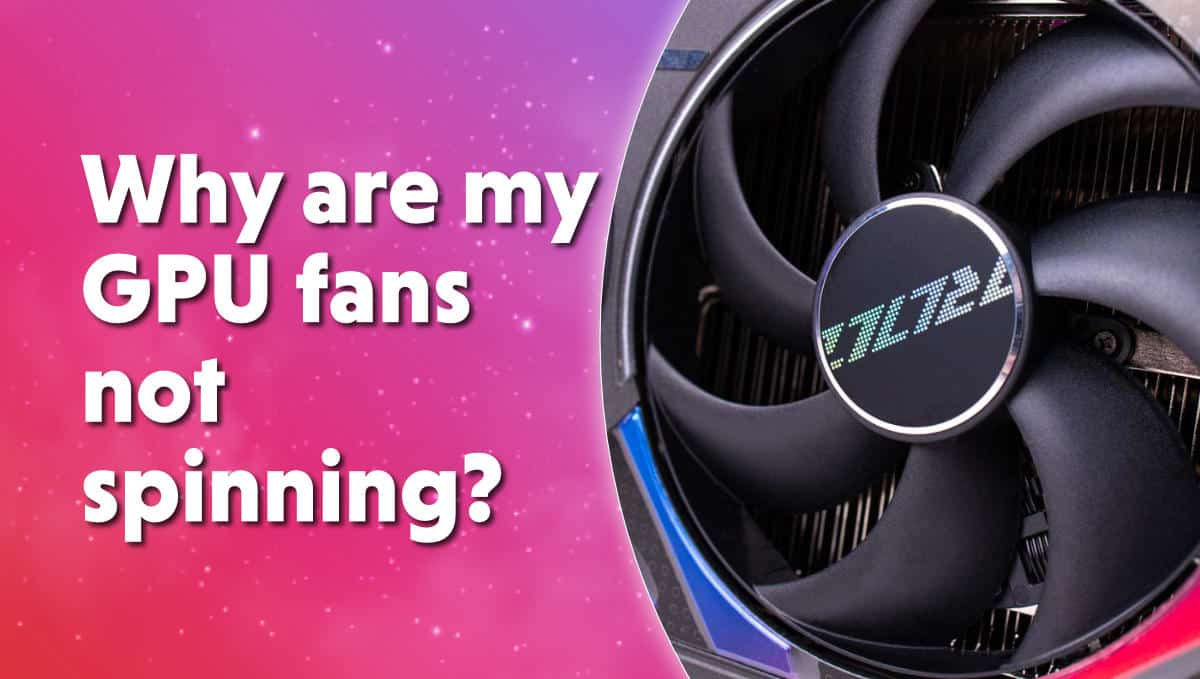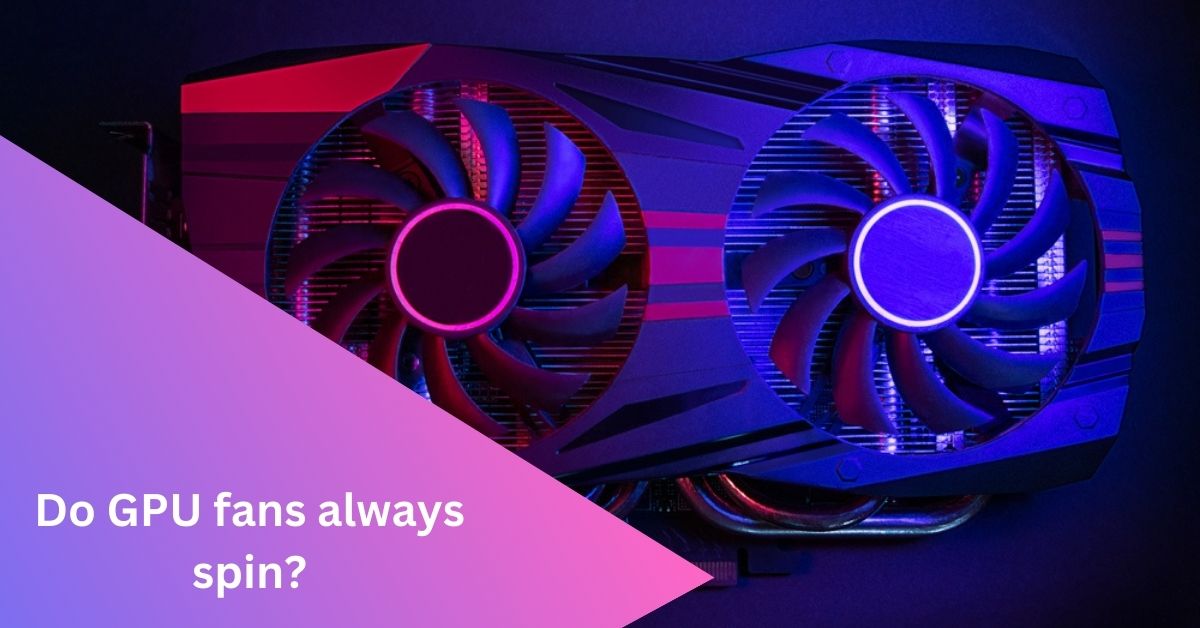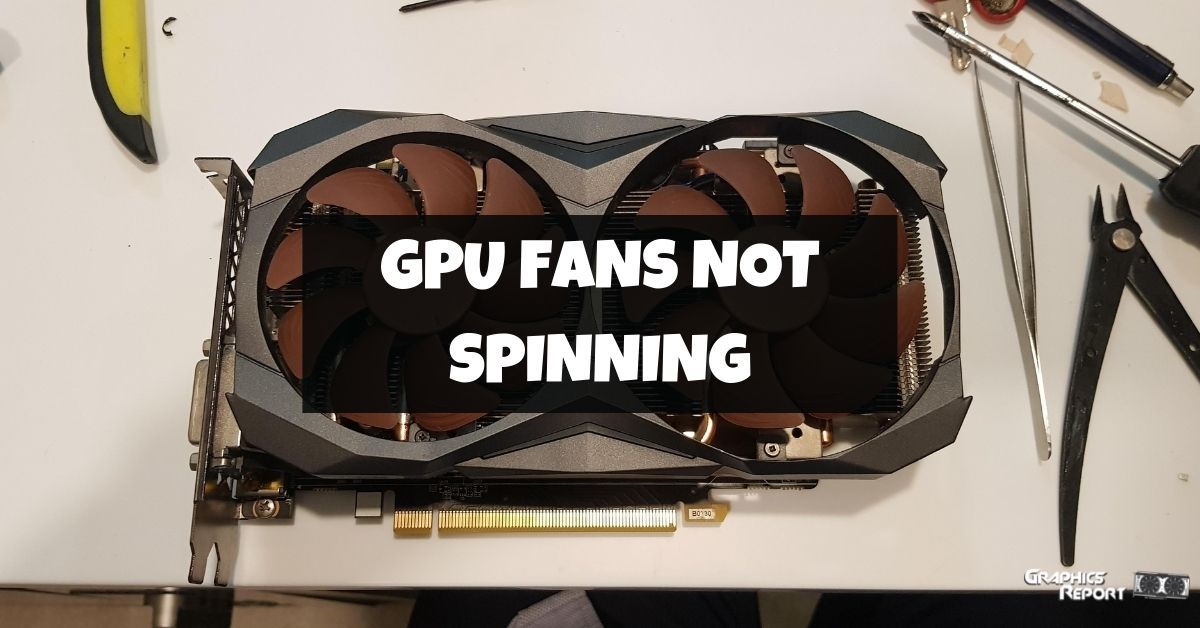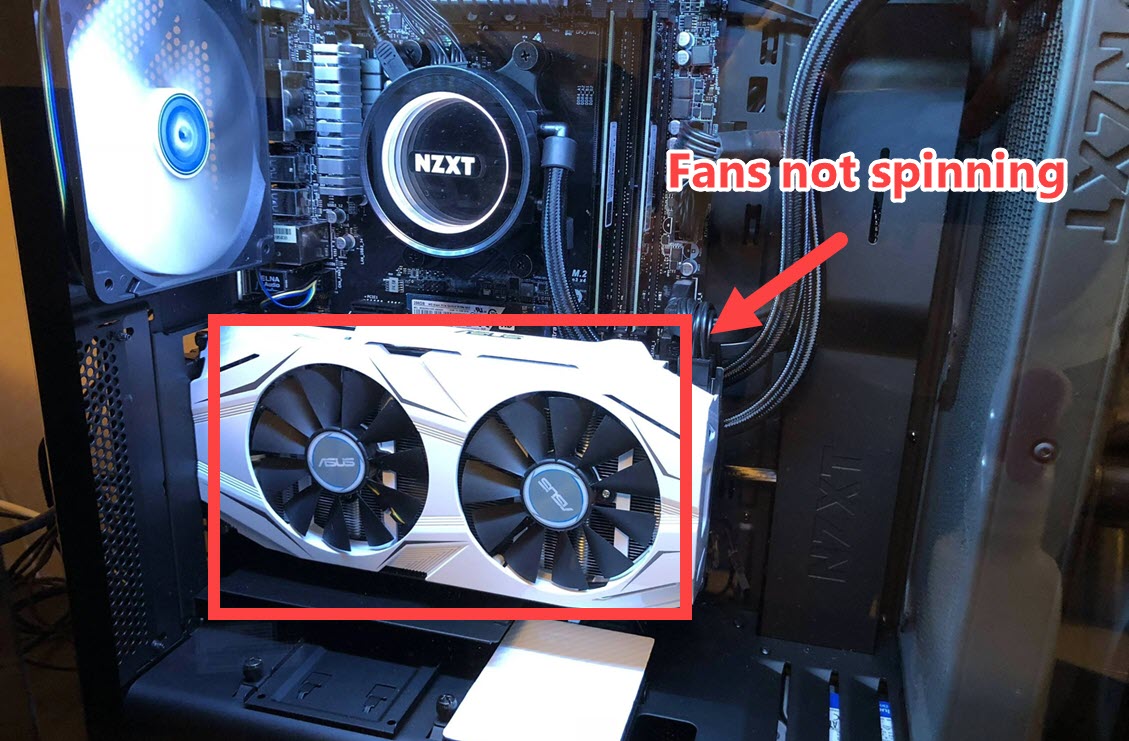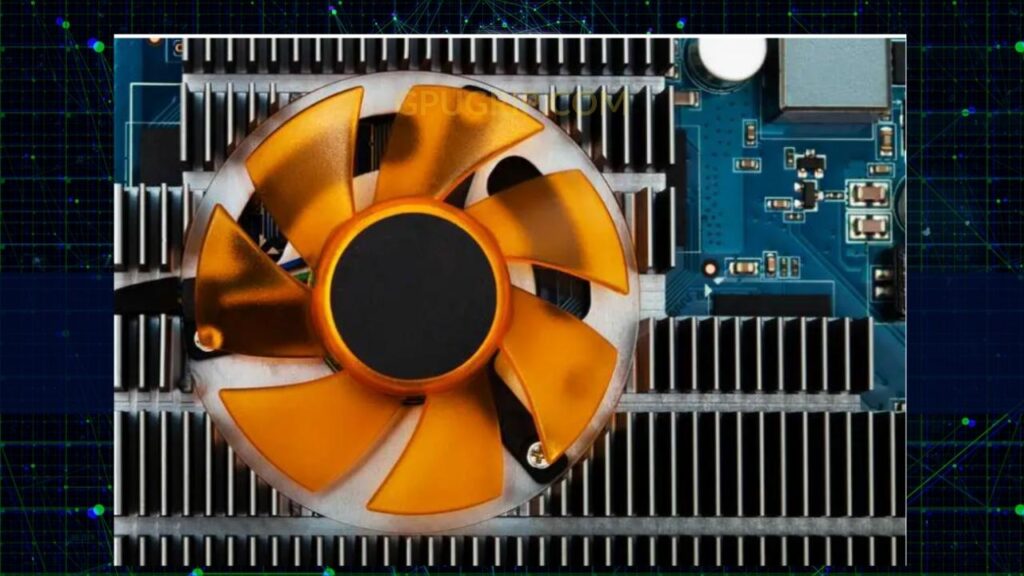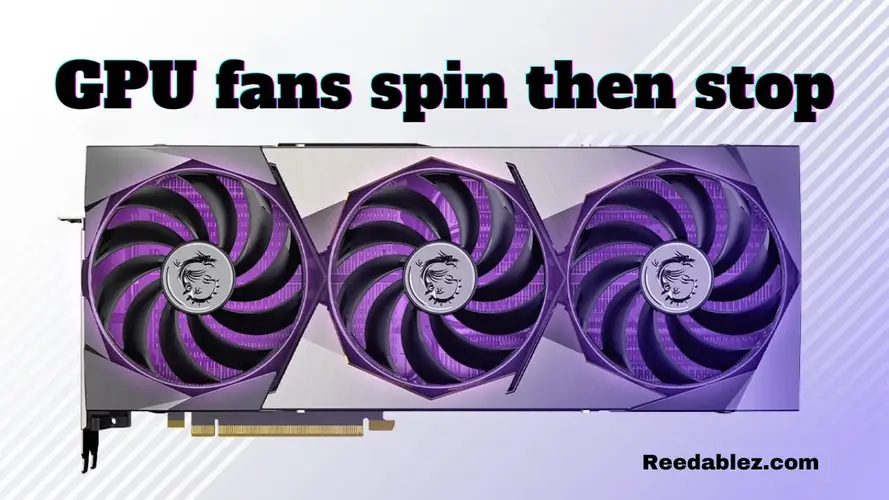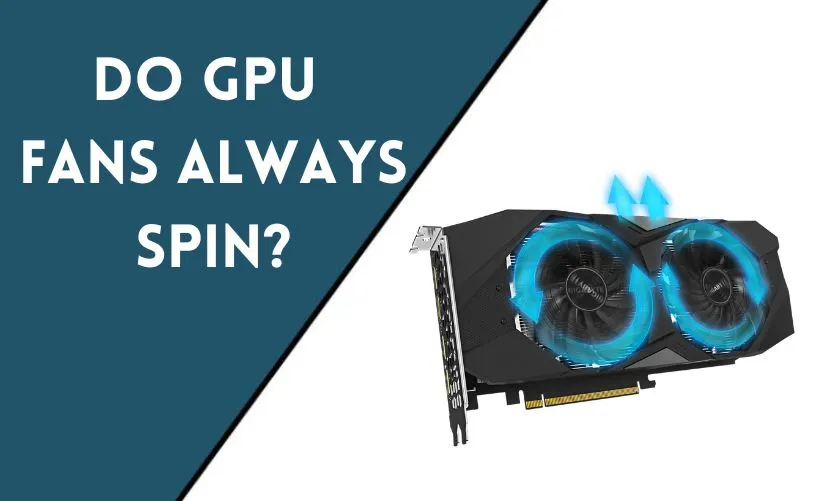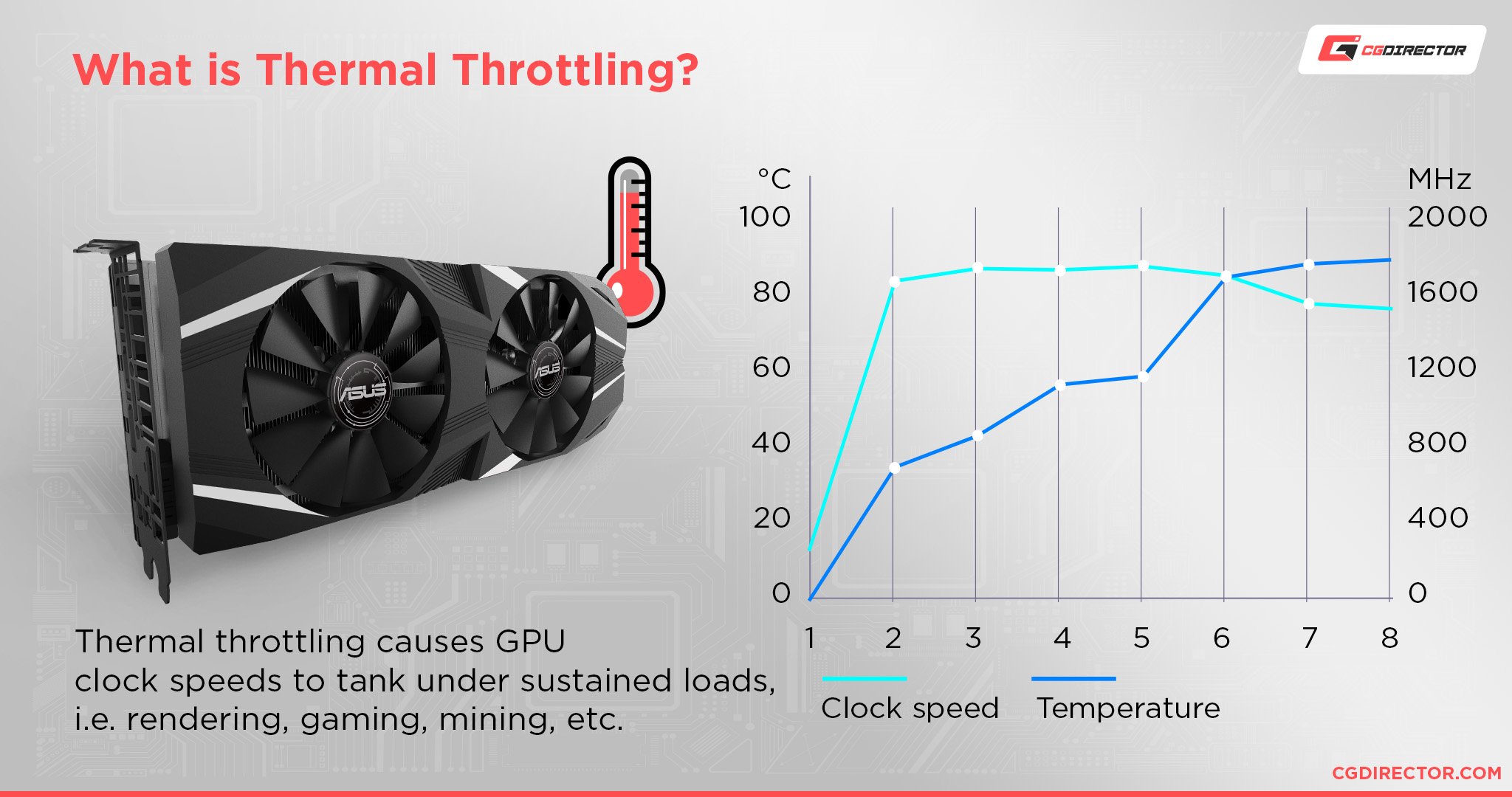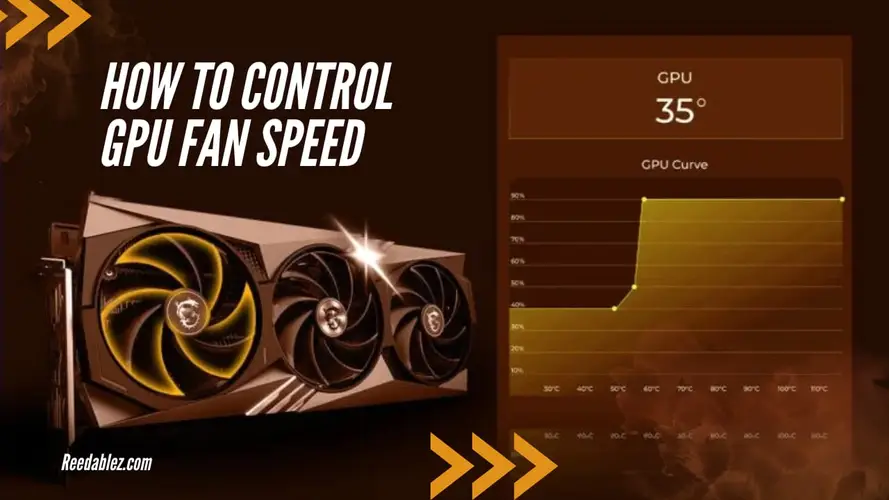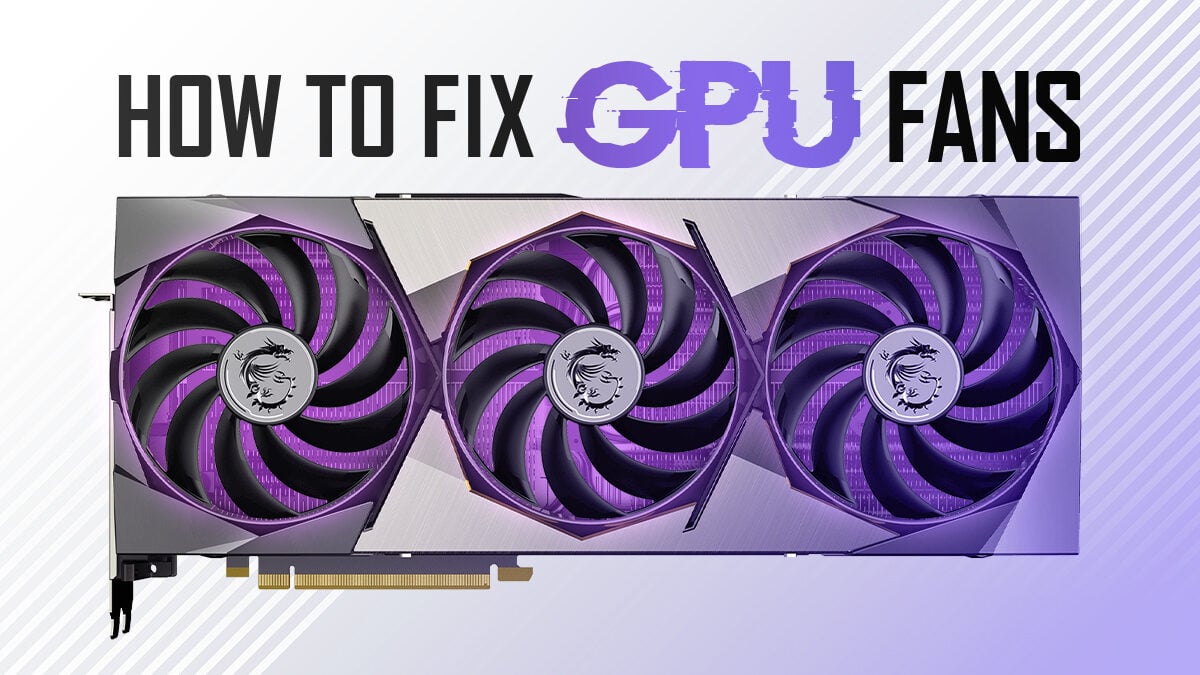Do Graphics Card Fans Always Spin

For decades, the whir of computer fans has been the ubiquitous soundtrack to the digital age. But a quiet revolution is underway in the world of graphics cards, leaving many users wondering: Do graphics card fans always have to spin? The answer, it turns out, is a resounding "it depends," sparking debates about performance, longevity, and the very definition of a "silent" gaming experience.
This article dives deep into the intricacies of modern graphics card cooling, examining the factors that determine when fans spin, the technologies driving the shift towards zero-RPM modes, and the potential trade-offs involved. We will explore manufacturer implementations, thermal design power (TDP), real-world performance implications, and the long-term impact on card lifespan. Through expert insights and data-driven analysis, we aim to clarify the nuances of graphics card fan behavior and empower users to make informed decisions about their cooling strategies.
The Rise of Zero-RPM Modes
Traditionally, graphics card fans spun constantly, regardless of the GPU temperature. This was a simple, if somewhat noisy, solution to ensure adequate cooling. However, as graphics card technology advanced, manufacturers began exploring more sophisticated thermal management systems.
One of the key innovations was the introduction of zero-RPM (revolutions per minute) modes, also known as "idle fan stop" or "silent mode." These modes completely disable the fans when the GPU temperature is below a certain threshold, typically around 50-60°C. This allows for completely silent operation during light workloads, such as web browsing, video playback, or less demanding games.
How Zero-RPM Works
The implementation of zero-RPM modes relies on a combination of temperature sensors, sophisticated fan controllers, and optimized heatsink designs. The graphics card constantly monitors the GPU temperature. If it remains below the preset threshold, the fan controller keeps the fans powered off.
Only when the GPU temperature rises above the threshold, usually during gaming or other graphically intensive tasks, do the fans begin to spin. The fan speed is then dynamically adjusted based on the temperature, ensuring optimal cooling while minimizing noise.
Manufacturer Implementations and Variations
While the core concept of zero-RPM mode is consistent across different manufacturers, the specific implementations can vary. Nvidia and AMD, the two leading GPU vendors, both support zero-RPM modes in their reference designs, but the precise temperature thresholds and fan speed curves can differ.
Board partners, such as ASUS, MSI, Gigabyte, and others, often further customize the fan profiles to suit their specific card designs. Some manufacturers offer multiple fan profiles through their software utilities, allowing users to choose between a silent mode, a performance mode, or a balanced mode.
The Impact of TDP and Heatsink Design
The TDP (Thermal Design Power) of a graphics card plays a crucial role in determining the effectiveness of zero-RPM mode. Cards with lower TDPs generate less heat, making it easier to maintain a low enough temperature to keep the fans off during idle periods.
The heatsink design is equally important. A larger, more efficient heatsink can dissipate more heat passively, allowing the card to operate silently for longer periods. Cards with poorly designed heatsinks may require the fans to spin more frequently, even during light workloads.
Performance and Longevity Considerations
While zero-RPM modes offer a significant reduction in noise, some users worry about the potential impact on performance and longevity. One concern is that the GPU temperature may reach higher levels during idle periods, potentially affecting boost clocks or even leading to thermal throttling under sustained load.
However, modern graphics cards are designed to operate safely within a wide temperature range. Manufacturers typically implement safeguards to prevent overheating, such as automatically increasing fan speeds or throttling performance if the temperature exceeds a critical threshold.
Regarding longevity, some argue that constantly cycling the fans on and off could potentially reduce their lifespan. While this is a valid concern, high-quality fans are generally designed to withstand numerous start-stop cycles. Furthermore, the reduced overall fan runtime due to zero-RPM mode may actually extend the lifespan of the fans.
The Debate: Silent vs. Always-On Fans
The decision to use zero-RPM mode or opt for always-on fans is ultimately a matter of personal preference. Some users prioritize silence above all else, while others prefer to keep the fans running constantly to ensure the lowest possible temperatures.
Advocates of zero-RPM mode argue that it provides a more enjoyable computing experience during light workloads. They also point out that modern graphics cards are perfectly capable of operating safely at slightly higher temperatures during idle periods. Those who prefer always-on fans believe that it helps to extend the lifespan of the GPU and other components by keeping them cooler at all times.
Monitoring and Customization
Users can monitor their GPU temperature and fan speeds using various software tools, such as MSI Afterburner, EVGA Precision X1, or the AMD Radeon Software. These tools also allow users to customize the fan profiles, setting their own temperature thresholds and fan speed curves.
This level of control allows users to fine-tune their cooling system to achieve the desired balance between silence and performance. For example, users who are concerned about GPU temperature can set a more aggressive fan curve that keeps the fans spinning at a low speed even during idle periods.
The Future of Graphics Card Cooling
The trend towards quieter and more efficient graphics card cooling is likely to continue in the future. Manufacturers are constantly exploring new technologies to improve thermal management, such as advanced heatsink designs, vapor chamber cooling, and even liquid cooling solutions.
As graphics cards become more powerful and generate more heat, the challenge of keeping them cool and quiet will only intensify. However, with ongoing innovation in thermal design and fan control, the future of graphics card cooling looks promising. We can anticipate seeing even more sophisticated zero-RPM implementations and other advancements that further reduce noise without compromising performance or longevity.
Ultimately, the question of whether graphics card fans should always spin is a complex one with no definitive answer. By understanding the factors that influence fan behavior and the potential trade-offs involved, users can make informed decisions about their cooling strategies and enjoy a gaming experience that is both powerful and quiet.
![Do Graphics Card Fans Always Spin Do GPU Fans Always Spin? 10 Potential Causes[With Solutions] - Learn](https://thrivemyway.com/wp-content/uploads/2024/02/Faulty-GPU-Fan-Do-GPU-Fans-Always-Spin-Potential-Causes.jpg)

